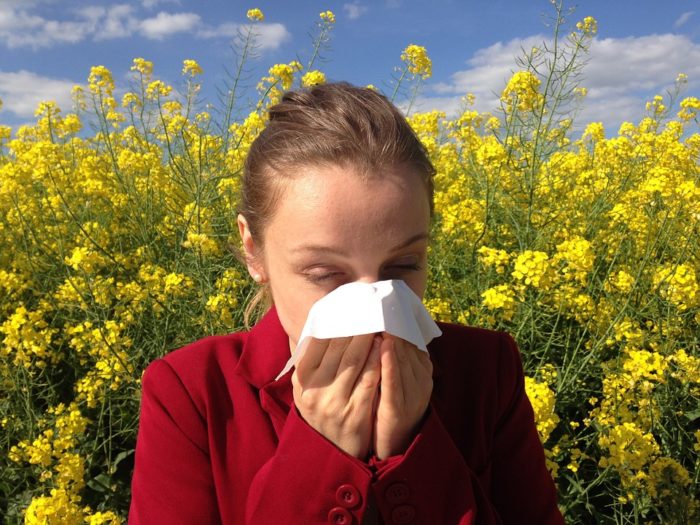Joint pain is one of the most common health concerns among women—often starting earlier than expected and lingering well into later years. Whether you’re training for your next 5K, chasing after grandkids, or trying to stay mobile and independent, joint discomfort can interfere with your quality of life.
But here’s the good news: with a better understanding of the causes, and smart strategies for prevention and care, you can stay active and comfortable at any age.
Why Women Experience Joint Pain Differently
Joint pain doesn’t affect everyone the same way—and for women, several unique factors contribute:
- Hormonal Changes – During perimenopause and menopause, declining estrogen levels can increase inflammation and reduce collagen in connective tissues, making joints feel stiffer and more prone to injury.
- Anatomical Differences – Women often have wider hips and different lower-body alignment, which can affect how force is distributed across the knees, leading to conditions like runner’s knee or hip pain.
- Repetitive Stress – Daily life activities (think: childcare, caregiving, or repetitive job duties) can overwork certain joints—especially the knees, hips, shoulders, and hands.
- Autoimmune Conditions – Conditions like rheumatoid arthritis and lupus, which cause joint pain and inflammation, are more common in women than men and often appear in midlife.
Common Joint Conditions in Women
- Osteoarthritis – A breakdown of joint cartilage over time, leading to pain, stiffness, and swelling—especially in weight-bearing joints like hips, knees, and spine.
- Tendinitis and Bursitis – Inflammation of tendons or fluid-filled sacs near joints, often caused by overuse or repetitive motion. Common in shoulders, elbows, hips, and knees.
- ACL Injuries – Tears or strains of the anterior cruciate ligament in the knee—more frequent in women due to joint laxity and body mechanics.
- Patellofemoral Pain Syndrome (“Runner’s Knee”) – Pain around the kneecap caused by imbalances in hip or thigh strength, worsened by running, squatting, or climbing stairs.
- Hip Impingement and SI Joint Dysfunction – Issues in the hips and sacroiliac joint can cause pain in the lower back, buttocks, or thighs and often mimic other conditions.
Hormones & Joint Health: What’s the Link?
Estrogen plays a key role in joint function. When levels drop during menopause, it can lead to:
- Morning stiffness – Joints may feel tight or locked after waking due to overnight inflammation.
- Aches after movement – Even routine tasks like walking or gardening can leave joints sore.
- Increased injury risk – Without the anti-inflammatory and protective effects of estrogen, tendons and ligaments may be more vulnerable.
This is why many women first notice joint discomfort in their 40s and 50s—just as hormonal changes begin to accelerate.
How to Protect Your Joints (at Any Age)
Whether you’re a seasoned athlete or simply want to maintain mobility, these evidence-based tips can help protect your joints:
- Warm Up & Cool Down
- Why it matters: Warming up gets blood flowing to your muscles and lubricates joints, reducing stiffness and risk of injury. Cooling down helps gradually lower your heart rate and prevents tightness.
- Try this: 5–10 minutes of dynamic movements (e.g., arm circles, hip swings, gentle walking) before exercise; stretching or foam rolling after activity.
- Cross-Train
- Why it matters: Doing the same movement over and over (like running daily) can strain specific joints. Mixing it up gives overworked areas a break and builds overall strength.
- Try this: Combine walking, swimming, cycling, strength training, and yoga throughout the week.
- Why it matters: Doing the same movement over and over (like running daily) can strain specific joints. Mixing it up gives overworked areas a break and builds overall strength.
- Build Muscle
- Why it matters: Strong muscles take pressure off your joints and improve alignment and stability—especially around the knees, hips, and core.
- Try this: Focus on exercises that strengthen your glutes (like bridges or lunges), thighs (squats or step-ups), and core (planks or bird-dogs).
- Wear the Right Shoes
- Why it matters: Footwear affects your posture and gait. Worn-out or unsupportive shoes can lead to knee, hip, or back pain over time.
- Try this: Get fitted for supportive shoes, especially if you’re active, stand a lot, or have flat feet or high arches.
- Eat Anti-Inflammatory Foods
- Why it matters: Certain foods can either promote or reduce inflammation in the body—which impacts joint health.
- Try this: Add omega-3 rich foods (like salmon, walnuts, and flaxseeds), dark leafy greens, and colorful fruits and vegetables to your meals. Limit sugary and highly processed foods that can worsen inflammation.
When to See a Provider
Don’t ignore persistent joint pain—especially if it affects your daily life or limits your activity. Make an appointment if you notice:
- Swelling or warmth in or around the joint
- Pain lasting more than two weeks despite rest
- Difficulty walking, bending, or using the joint normally
- Clicking, catching, or locking sensations
Early treatment can prevent long-term joint damage and get you back to doing the things you love—pain-free.
Joint pain might be common, but it’s not something you have to live with. Whether you’re in your 30s, 60s, or beyond, you deserve to move freely and feel strong. By staying proactive with movement, nutrition, and care, you can reduce pain, protect your joints, and keep living life on your terms.
Need help getting started? At Avance Care Wilmington, our team of primary care providers with specialized training in sports medicine is here to support women at every stage of life. Whether you’re managing arthritis, recovering from an injury, or just looking to stay active and pain-free, we offer personalized care plans to help you move better and feel better.




